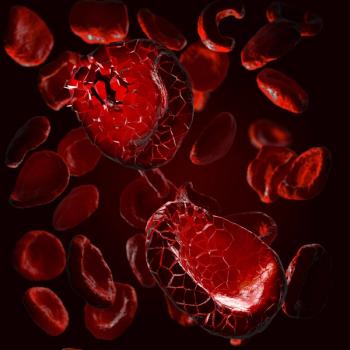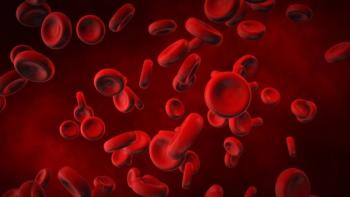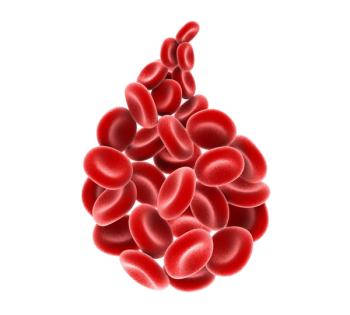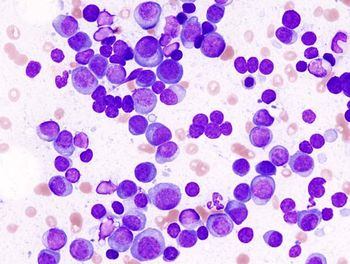
Mitigating Proton Beam Therapy Disparities for Different Cancer Populations
Data show increasing use of proton therapy overall but widening gaps in populations who have access to this treatment, Curtiland Deville Jr, MD, says.
In a discussion with CancerNetwork®, Curtiland Deville Jr, MD, highlighted research demonstrating inequalities in the use of proton beam therapy for the treatment of patients with prostate cancer and other disease types. According to findings from a study he published, substantial age-based, racial, socioeconomic, and facility-related disparities exist for the use of proton therapy in prostate cancer.1
Deville, medical director of the Johns Hopkins Proton Therapy Center and clinical director of radiation oncology at Johns Hopkins Kimmel Cancer Center at Sibley Memorial Hospital, described how this research builds upon prior studies published in JAMA Network Open. Findings from these publications showed that although the overall use of proton therapy had expanded in cancer management, certain gaps in care existed, such as Black patients being less likely to receive proton beam therapy than their White counterparts.2,3
According to Deville, it is crucial to recognize the existence of these disparities and improve outreach efforts to spread knowledge about proton beam therapy and ensure equitable treatment across all communities.
Transcript:
We led a study looking specifically at prostate cancer and utilization of protons and photon therapy, and those results have unfortunately been shown across other disease sites as well. Even if you look at pediatric cancers or head and neck cancers, we tend to see this disparity in utilization. There were large studies published in JAMA Network Open a few years ago where [the authors] looked across all cancers, and [they] wanted to look at the current state of utilization of proton therapy.2,3 Although the access in terms of the number of proton centers across the country was increasing, what we saw was a widening gap—an increasing disparity of who was accessing proton therapy—particularly across race and ethnicity as well. Certain communities were not getting access to protons.
It’s important for us to recognize that disparities do exist and ensure that we are doing things—whether it’s outreach, engagement, or just sharing the knowledge on the benefits of proton therapy—so that all communities can access them in an equitable way. [This is] beyond just prostate cancer but even [consists of] all those tumors where we see the greatest benefits, like pediatric tumors.
References
- Washington CG, Deville C. Health disparities and inequities in the utilization of proton therapy for prostate cancer. Cancers (Basel). 2024;16(22):3837. doi:10.3390/cancers16223837.
- Nogueira LM, Jemal A, Yabroff KR, Efstathiou JA. Assessment of proton beam therapy use among patients with newly diagnosed cancer in the US, 2004-2018. JAMA Netw Open. 2022;5(4):e229025. doi:10.1001/jamanetworkopen.2022.9025.
- Nogueira LM, Sineshaw HM, Jemal A, Pollack CE, Efstathiou JA, Yabroff KR. Association of race with receipt of proton beam therapy for patients with newly diagnosed cancer in the US, 2004-2018. JAMA Netw Open. 2022;5(4):e228970. doi:10.1001/jamanetworkopen.2022.8970.
Newsletter
Stay up to date on recent advances in the multidisciplinary approach to cancer.

















































































